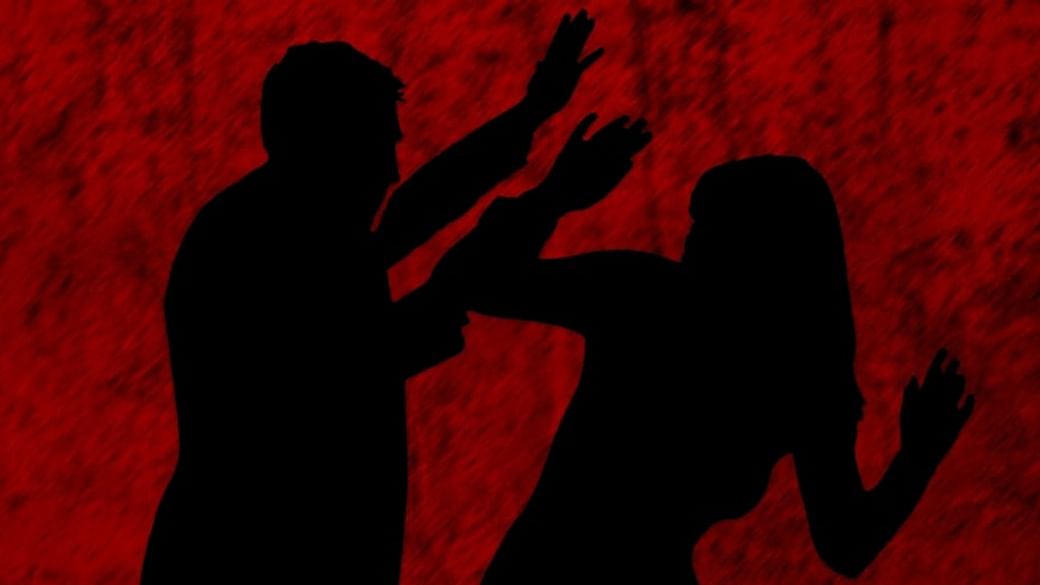Section 94 of the Juvenile Justice Act, 2000 clearly mandate the court to follow the said yardsticks in ascertaining the age of the victim, which was not done in the present case, this was held in the judgement passed by a single bench judge comprising HON’BLE JUSTICE SABYASACHI BHATTACHARYYA , in the matter C.R.A. No.209 of 2017 Sushanka Ghosh Vs. The State of West Bengal [C.R.A. No.209 of 2017] .
The Learned counsel for the appellant submits that the prosecution did not produce any document in evidence to prove that the victim was a minor at the relevant date and also mentioned that the trial Court relied on an Admit Card, which was never exhibited at all. With the help of Mahadeo S/o KerbaMaske Vs. State of Maharashtra and another, reported at (2013) [4 SCC 637] case, learned 2 counsel submits that the Supreme Court categorically held that the yardsticks for ascertaining the age of a juvenile can also be followed by courts for the purpose of ascertaining the age of a victim.
They also referred to the case Jarnail Singh Vs. State of Haryana, reported at (2013) [7 SCC 263], in support of the same proposition, that the ascertainment of age, both of a child in conflict with law and who is a victim of crime, should be on the yardsticks based on the Rules, in particular, Rule 12 thereof.And also mentioned that ,Section 94 of the Juvenile Justice (Care and Protection) Act, 2000 (for short, ‘the JJ Act’) clearly mandate the court to follow the said yardsticks in ascertaining the age of the victim, which was not done in the present case.
The information collected from the FIR stated that , the alleged date of occurrence has been mentioned as between October 31, 2015 and November 9, 2015 and the information received by thepolice station was on November 10, 2015. Learned counsel next contends that, admittedly, there was an affair going on between the accused, who was aged about 20 years, and the victim, who was allegedly 17 years 5 months old at the relevant point of time, as corroborated both by PW1 and PW2.
It is further argued on behalf of the appellant that PW13, who accompanied the victim to the hospital for her medical examination on November 10, 2015, did not state anything in her evidence regarding having collected any vaginal swab. So, it is evident that the evidence of the doctor, the medical report and the evidence of PW13, the escort of the victim of the hospital, militate against each other.
Learned counsel appearing for the State contends that the Trial Judge, in the impugned judgment, clearly indicated that the Admit Card of the victim was shown to the Court, which reflected that the date of birth of the victim was May 30, 1998. Hence, a presumption under Section 29 can easily be attached to the accused, shifting the burden on the accused to prove his innocence. Also submits that there is sufficient corroborative evidence on record to prove the prosecution case.
Hence, since the age of the victim was, in any event,above 17 years at the relevant juncture, it is doubtful as to whether the provisions of the POCSO Act could at all be attracted in the present case. It was evident from the depositions of the mother of the victim as well as the victim herself, as corroborated by the father of the victim, that the complaint was a mere backlash due to the altercation regarding the conditions of marriage and could not be construed to have convincingly prove commission of offences under Section 376 of the IPC or Section 4 of the POCSO Act.
The court perused the facts and argument’s presented , it was of the opinion that – “In such view of the matter, [CRA No.209 of 2017] is allowed, thereby setting aside the judgment and orders of conviction and sentence 11 dated February 7, 2017 and February 8, 2017 passed by the Additional District and Sessions Judge, Second Court at Krishnanagar, District-Nadia in Sessions Trial No.IX(III)/2016. The appellant is hereby acquitted of all the charges and shall immediately be released, if in custody. The appellant is further discharged from any condition or bond, if furnished by the appellant in connection with any order of bail obtained by the appellant at any point of time”.
Judgment Reviewed by: Mandira B S


